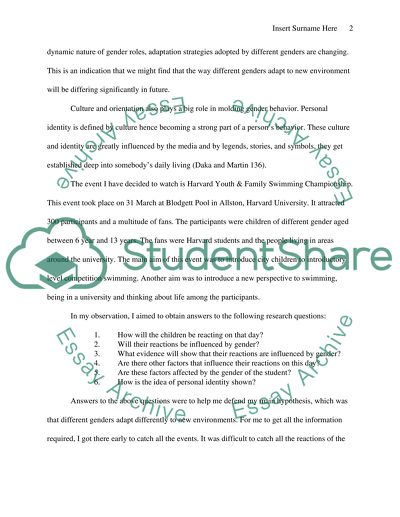Cite this document
(“Gender Difference in Adapting to New Environment Essay”, n.d.)
Gender Difference in Adapting to New Environment Essay. Retrieved from https://studentshare.org/gender-sexual-studies/1447774-observation
Gender Difference in Adapting to New Environment Essay. Retrieved from https://studentshare.org/gender-sexual-studies/1447774-observation
(Gender Difference in Adapting to New Environment Essay)
Gender Difference in Adapting to New Environment Essay. https://studentshare.org/gender-sexual-studies/1447774-observation.
Gender Difference in Adapting to New Environment Essay. https://studentshare.org/gender-sexual-studies/1447774-observation.
“Gender Difference in Adapting to New Environment Essay”, n.d. https://studentshare.org/gender-sexual-studies/1447774-observation.


